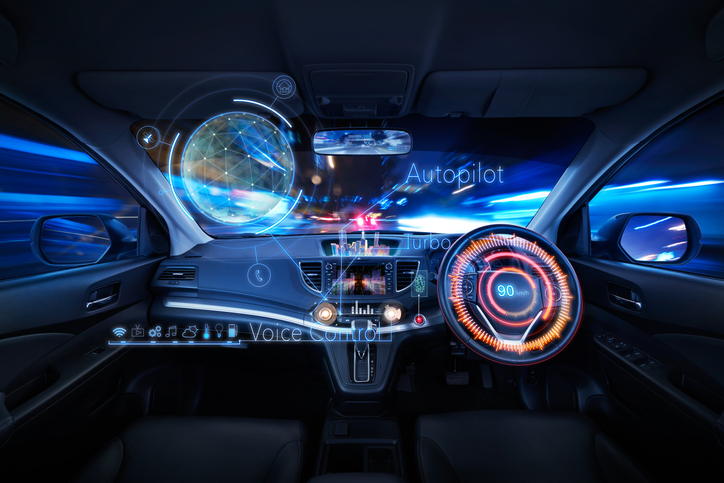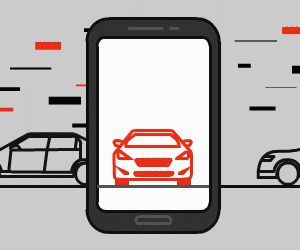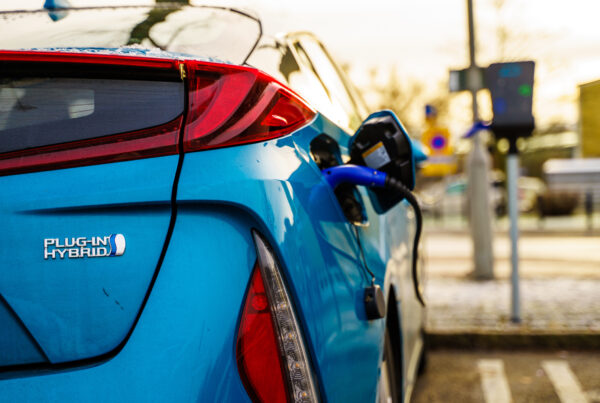The world’s carmakers are in a new race to roll out Connected Car Programs and use these features to differentiate themselves from their rivals.
Tesla may have led the way with several hundred updates of its in-car software in the last two years, but the major US, Japanese and European manufacturers are not too far behind.
That is exciting news, but the reality is that the business models for these connected car programs are yet to emerge.
In the US, 91% of new vehicles sold in 2020 offered connected features. Yet, manufacturers are discovering that when the “gifting” period for these services ends and users are required to pay, less than half of the new car buyers opt to continue services.
The reality is that most consumers are yet to see enough value in the connected services to be moved into a subscription, which is the preferred business model for manufacturers.
Ironically, consumers are increasingly demanding connected services in new vehicles, but many are so far unwilling to pay out of their own pockets. This is similar to issues faced by the media industry, which has struggled for many years to get readers to accept paywalls.
Who bears the cost?
This creates a dilemma for carmakers. Should they factor the lifetime cost of connected services into the vehicles upfront cost?
This is easier to justify for some prestige marques, whose customers are more inclined to pay more for their vehicles, but the equation is different for mid-market manufacturers who seek to differentiate on price.
And it’s not as if the connected services are one-off installations with minimal maintenance. By their very nature, they will incur ongoing connection and data charges from telecommunications companies plus the cost to run the connected platform and associated services, which requires ongoing payment to come from somewhere, or someone.
If carmakers absorb this cost, they will continue to subsidise not only new car buyers for the length of their ownership but also any future owner of that vehicle.
More a necessity than choice
There is no one answer to this dilemma, but the core of the issue is the need to make connected services essential to the consumer.
Part of this includes marketing, education and customer engagement programs during the gifting period so that when it expires, more consumers will see the value and be prepared to subscribe for the services.
Then there is the nature of the services themselves. Some, such as entertainment and even remote locking, might be seen as ‘nice to have, but not essential’ by owners.
Services focused on safety and security, such as emergency call, or eCall services that can actually save lives should be the services carmakers focus on to turn connected services from an option and a novelty into an absolute necessity.
The ability to notify first responders automatically in the event of an accident and let them know the precise location, number of passengers, speed of impact and whether it is a battery/petrol or hydrogen-powered vehicle, is a significant development in road safety – the 21st century equivalent of the seatbelt.
Since Europe mandated eCall services in all passenger vehicles in 2018, it has raised the bar for vehicle safety standards, ensuring other countries around the world follow. Today Europe continues to lead the world in eCall capability, recently announcing that technology referred to as eCall+ or Advanced eCall, capable of sending advanced content beyond what is legally required, will be recognised in EuroNCAP ratings from 2023.
All these developments worldwide indicate that such connected services that enhance vehicle and passenger safety will become a norm the world over in the coming years.
In Australia, eCall services are still an auto manufacturer-provided value-added feature, but the day is not far away when the industry will need to follow the global trends to ensure Australian road users get access to the latest technology to keep them safe on the roads.
This brings us to the issue of complexity in planning for connected services like eCall and eCall+ by auto manufacturers, especially when the regulatory and Australasian New Car Assessment Program environment is still being developed and not settled on.
Canvasing for a definite change in safety assessment standards while preparing for the technological advancements required to support such services will define the path forward for the Australian auto industry in the next few years.
This two-pronged approach of ensuring the vehicle safety standards match the global trends while helping consumers understand the value of eCall will be key in making connected services more compelling for consumers and delivering return to auto manufacturers.
Unfolding opportunities
As it stands, most of the connected car features in today’s vehicles are installed by the car manufacturer. This is understandable in the current market but is limiting. As smart cities develop and as the connected car market matures, there is likely to be a wave of innovations from third parties, enhancing the value proposition and help carmakers differentiate.
This will require flexible platforms which developers can access through APIs to get their products and features into vehicles. It will further drive customisation and help the market mature to where customers can select the services they want and – critically – are prepared to pay for them. As the market matures, we could also see sustainable and innovative business models emerge, which may even be separate but provide auto manufacturers with additional revenue streams.
In 2021, carmakers are just embarking on their connected vehicle journeys. They’ve made a start, but many decisions are still to be made and factors to be considered before the final route is clear.
At Intelematics, we have been working with auto manufacturers in resolving some of these key challenges and helping them with their connected vehicle journey, from planning to execution.
Jules Snow is a Senior Business Development Manager with over 14 years in selling specialised technology solutions to Automotive, Enterprises and Telecommunications industries in Australia, New Zealand, Japan and across Asia. This article was first published by Intelematics and has been republished with permission.




















